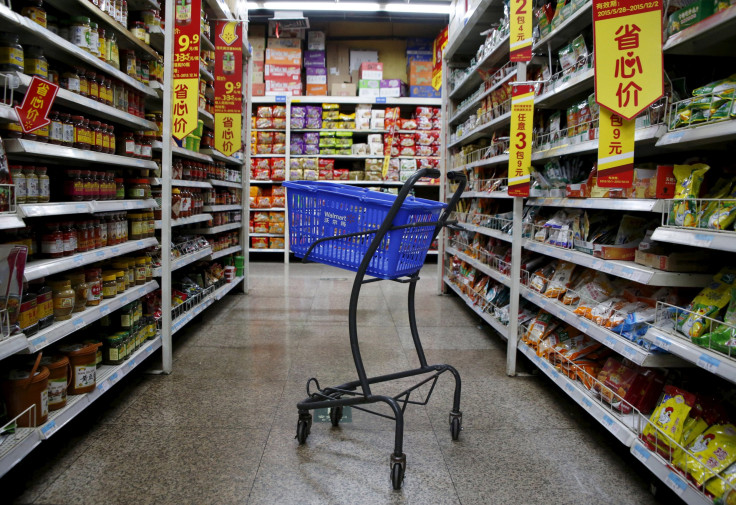China’s Fixed-Asset Investment Growth Slips To Lowest In More Than 16 Years

Growth in China's fixed-asset investment hit its lowest year-to-date rate in more than 16 years in the January to July period, missing forecasts, as the world's second largest economy tackles overcapacity in its industrial sectors.
The pace of investment slipped to 8.1 percent in January-July from 9 percent in the January-June period. Analysts had expected it to rise 8.8 percent.
This is the third consecutive month of growth below 10 percent, suggesting the effects of a credit boom in the first quarter are fading.
A decelerating growth rate comes amid fears the country is accumulating too much debt at the local level.
Growth in investment by state firms cooled to 21.8 percent in Jan-July, from 23.5 percent in Jan-June.
Meanwhile, private investment grew 2.1 percent, compared with 2.8 percent in the first half, as private investors remain unconvinced about the growth outlook while structural reforms of state owned enterprises are underway. Private investment accounts for about 60 percent of overall investment in China.
Policymakers have seemingly divergent views on whether more monetary easing is needed to meet growth targets often described as ambitious. However, moderating factory price deflation has taken some pressure off the central bank.
Factory output rose 6.0 percent in July from a year earlier, below the 6.1 percent analysts had expected.
Consumption softened with retail sales growth easing to 10.2 percent after a rise of 10.6 percent the prior month.
Trade data this week showed a further drop in exports and a higher-than-expected decline in imports, suggesting sluggish demand at home and abroad.
© Copyright Thomson Reuters 2024. All rights reserved.





















